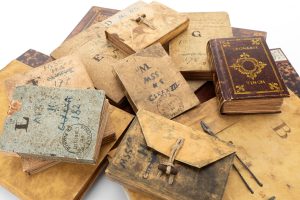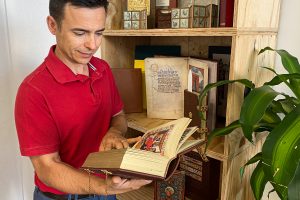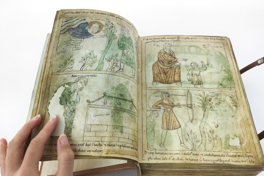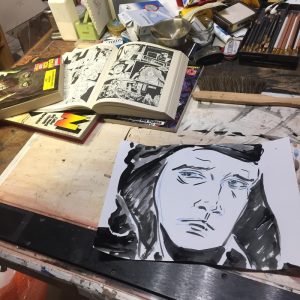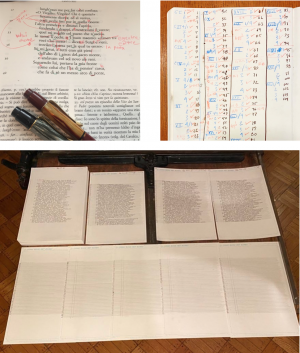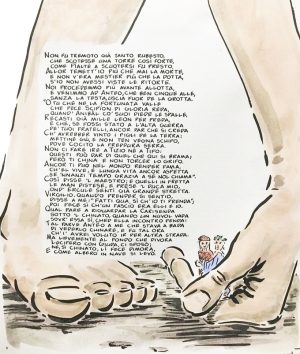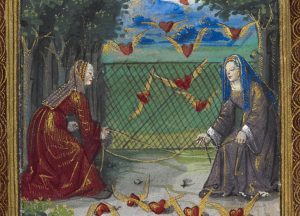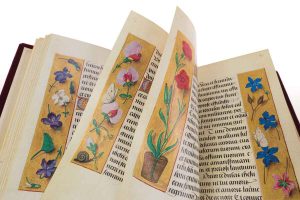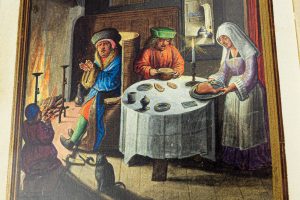Unveiling Leonardo: The Secrets Within the 12 Notebooks at the Institut de France
These twelve meticulously preserved notebooks span nearly three decades of Leonardo’s life, offering a rare glimpse into the genius’s relentless curiosity and boundless creativity. From intricate sketches of flying machines to profound treatises on optics and anatomy, each page brims with the timeless wisdom of a visionary ahead of his time. A surprise awaits you at the end of this article!


 Giulia is the Editor-in-Chief of Bookplate, the official magazine of Facsimile Finder. She keeps a keen eye on the latest news in the world of illuminated manuscript facsimiles.
Giulia is the Editor-in-Chief of Bookplate, the official magazine of Facsimile Finder. She keeps a keen eye on the latest news in the world of illuminated manuscript facsimiles.